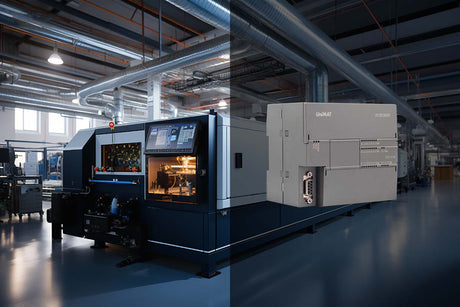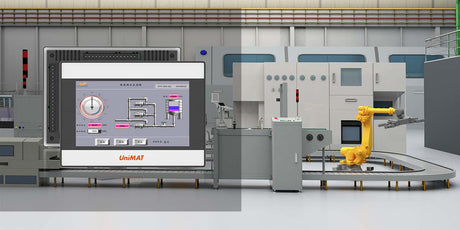1. What is the Internet of Things (IoT)?
The Internet of Things (IoT) refers to a network system that connects everyday objects (such as sensors, home appliances, vehicles, etc.) through the Internet, enabling them to collect, exchange data and realize automated operations. The core goal is to make physical devices "intelligent" and improve efficiency and user experience through data interaction.
2. What does IoT do?
The main function of IoT is to realize the following applications through networked devices:
Data collection: Use sensors to monitor temperature, humidity, location and other information (such as smart bracelets to monitor heart rate).
Remote control: Remotely control devices (such as smart switches and air conditioners) through mobile phones or the cloud.
Automation: Equipment operates autonomously according to preset rules (such as smart irrigation systems that automatically water according to soil moisture).
Analysis and optimization: Improve efficiency through data analysis (such as traffic lights adjusting duration according to traffic flow).
Typical scenarios:
Smart home: smart speakers, lighting control, security cameras.
Smart city: smart street lights, garbage management systems, environmental monitoring.
Healthcare: wearable devices, remote patient monitoring.
3. The difference between IoT and Industrial Internet of Things (IIoT)
IIoT (Industrial IoT) is a subset of IoT, focusing on industrial applications, with the core being to improve production efficiency and the intelligence of industrial processes. The main differences between the two are as follows:
| Dimensions | IoT (consumer grade) | IIoT (industrial grade) |
|---|---|---|
| Application | Daily life (family, health, entertainment) | Industrial production (manufacturing, energy, logistics) |
| Technical requirements | Focus on low power consumption, low cost, and ease of use | Emphasis on high reliability, real-time, and security |
| Data characteristics | The amount of data is small, mostly user behavior data | Massive data (such as equipment vibration, temperature, and pressure) |
| System complexity | Relatively simple (single device or small-scale interconnection) | Highly complex (large-scale equipment and system integration) |
| Typical scenarios | Smart home, wearable devices | Predictive maintenance of factory equipment, supply chain optimization |
For example:
IoT: The air conditioner in your home automatically adjusts the temperature according to the weather forecast.
IIoT: Sensors in the factory monitor the vibration data of machine tools, predict failures and repair them in advance to avoid downtime.

4. Summary
IoT is a general concept that widely connects physical devices, focusing on consumer-level scenarios.
IIoT is a deeper application of IoT in the industrial field, with more emphasis on production efficiency and safety.
The technical foundations of the two are similar, but the target scenarios, data scale and reliability requirements are significantly different.









